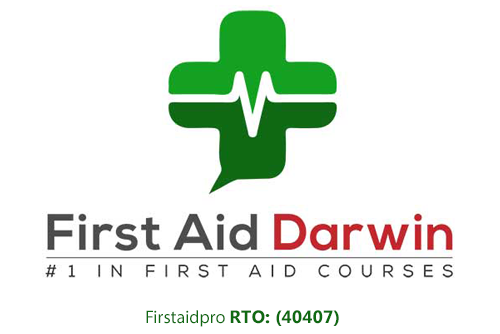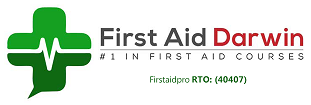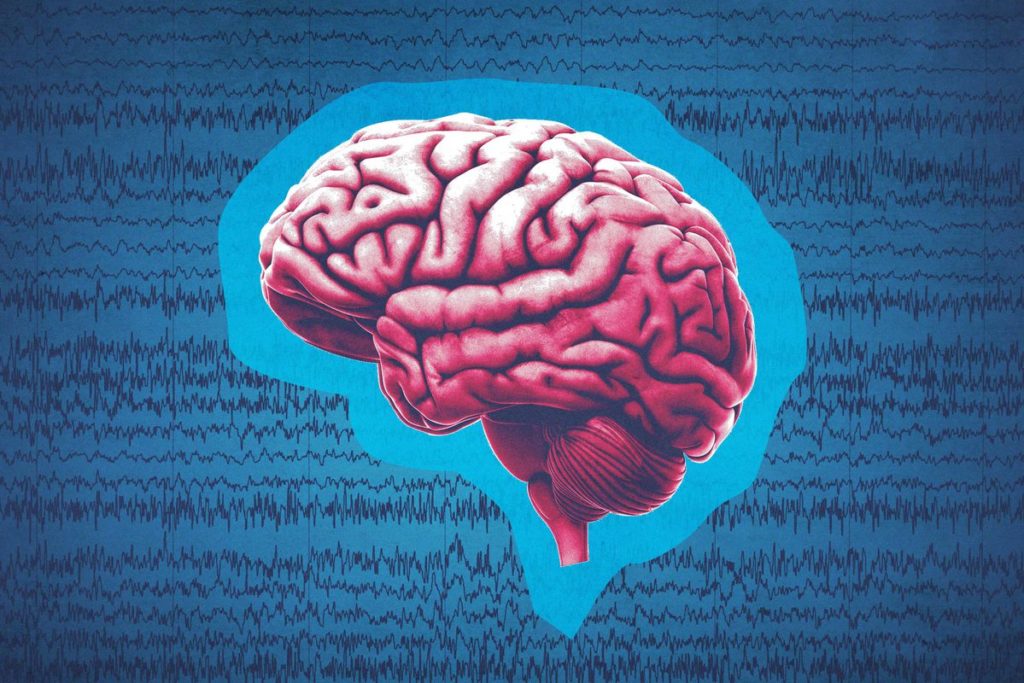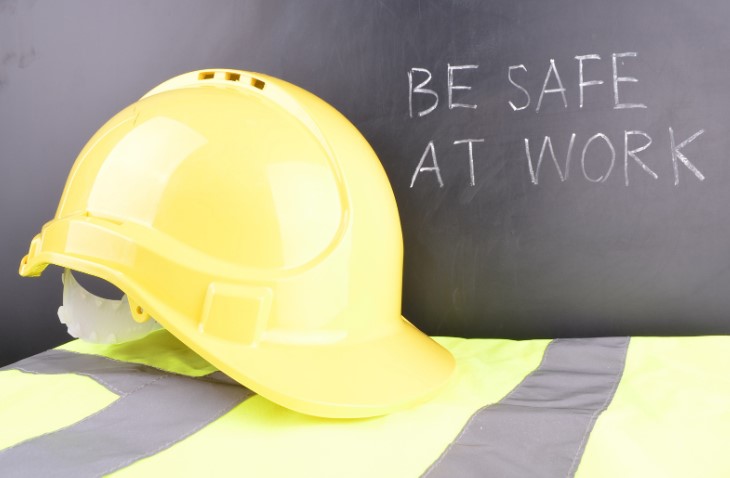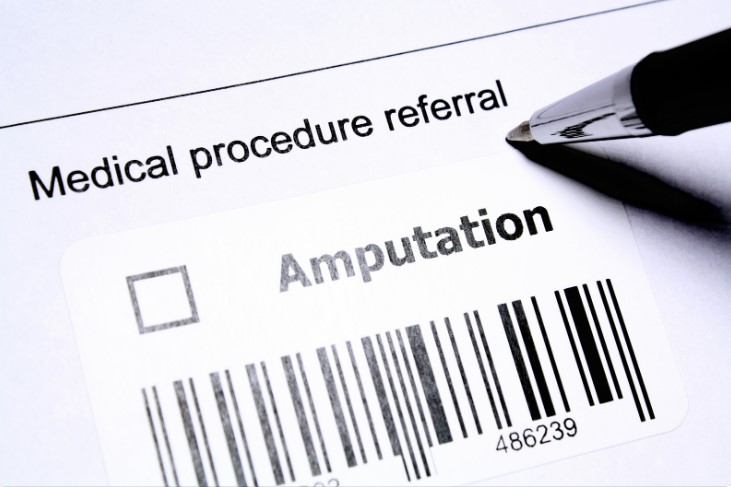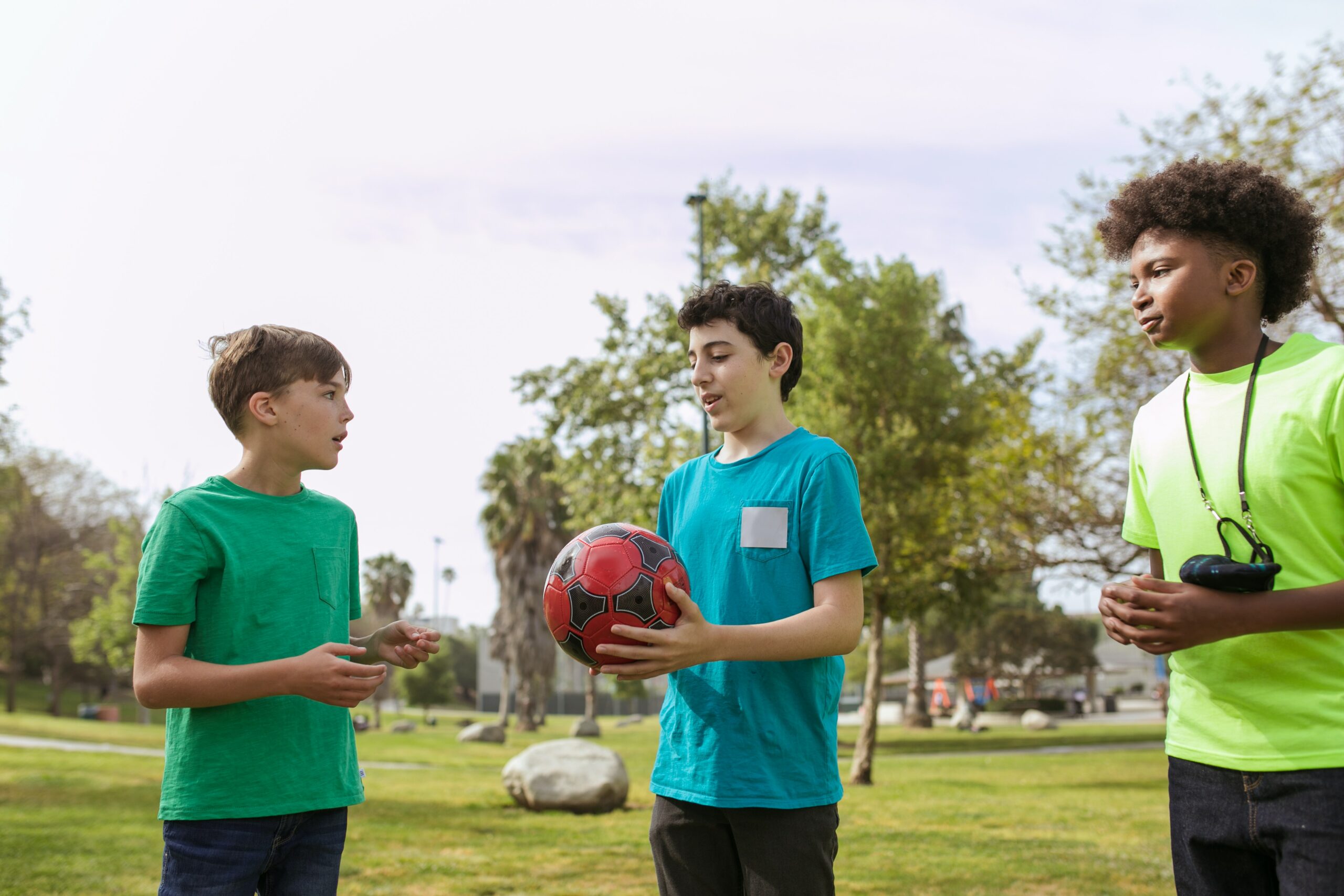Dos and Donts of Seizure First Aid: There is no present cure for epilepsy, but it does not mean that those living with this condition cannot have a productive life. With the proper care, precautions, and knowing the do’s and don’ts, a person can enjoy a good quality of life.
What is a Seizure?
Epilepsy (also known as a seizure disorder) is a brain disease that causes recurrent and unprovoked seizures. Seizures from epilepsy can cause dramatic, noticeable symptoms or no symptoms at all.
In Australia, over 200,000 people are diagnosed with epilepsy. That is equivalent to 1% of the population, making it one of the most common neurological diseases. Although these two are closely related, having seizures does not automatically mean you have epilepsy.
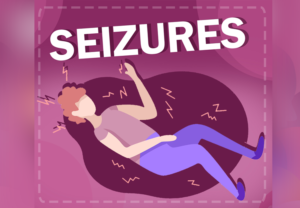
The symptoms of severe seizure include loss of consciousness, violent shaking, and breathing problems. Other symptoms may be a sign of an underlying medical condition or can sometimes lead to injuries. It is essential to know the dos and don’ts of how to respond to these seizures.
The most important thing to do if you witness a seizure attack is to stay calm. About 80% of attacks are over in the next three minutes, making quick and effective treatment essential. These basic do’s and don’ts can help before things go out of hand.
Seizure First Aid: Things to Do
- Do take medications regularly, as per the doctor’s instruction. Missing a dose or two can result in seizures.
- Do protect the casualty from nearby objects. Move potential hazards away such as furniture, sharp edges, items made of glass, and many more.
- Do safely cushion the casualty’s head. Put something soft under the person’s head to stop them from hitting the ground.
- Do time the length of the attack. Check the start and end times to see how long the seizure goes on. If it lasts more than 5 minutes, call emergency medical services.
- Do call triple zero (000) when necessary. Most seizures stop on their own and do not need medical intervention. If unsure and the person starts showing other signs, call an ambulance.
Seizure First Aid: Things to NOT Do
- Do not put anything in the casualty’s mouth. It is a misconception that people having epileptic seizures swallow their tongues. Placing an object in a person’s mouth can only injure the teeth or the jaw.
- Do not attempt to move the person. Only move them if the place exhibits extreme risk such as high traffic areas and more.
- Do not restrain the casualty. Holding the person down or attempting to tie them is dangerous. Remember that a person having seizure attacks is unable to control their movements.
- Do not perform CPR.
Do not attempt to perform CPR unless the person is not breathing or has a pulse.
Seizures can be frightening to see, but in most cases, it is not a medical emergency. Once the convulsion and shaking stop, the person recovers, and the breathing goes back to normal. It is best to stay with the casualty until they can safely return to their routine.
Some people recover quickly, but others may take a longer time to feel back to normal. Call for an ambulance if it is the first time a person has experienced a seizure.
Conclusion
Most seizures happen suddenly, often without warning.
It may last for a few seconds or minutes and stop on its own. The attacks can be different for each person.
Knowing how to help someone during seizure attacks can make a difference. Getting formal training and becoming first aid certified takes you further when it comes to saving lives. Learn about epilepsy and seizures, recognise the signs and apply first aid treatment when necessary.
Visit First Aid Courses Darwin for more information.
